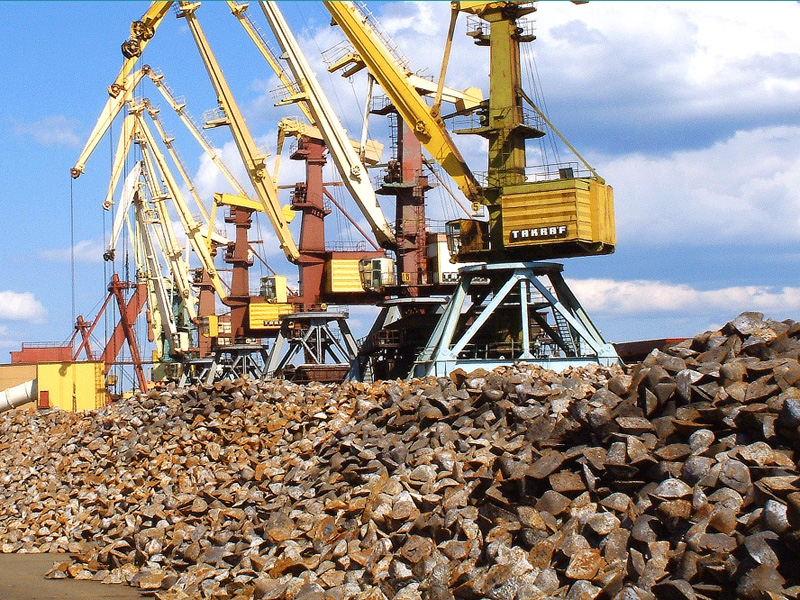Seaborne iron ore prices continued to tick higher on Tuesday amid a round of spot purchasing following the New Year holiday. Steel markets however remain quiet in the run up to the Chinese New Year next month.
The Kallanish KORE 62% Fe index gained $1.04/t to $121.83/dry metric tonne cfr Qingdao. The Kallanish KORE 65% Fe index increased $2.97/t to $144.98/dmt cfr, and the KORE 58% Fe index was up $0.53/t to $94.63/dmt cfr. 170,000 tonnes of PB Fines sold at $121.75/t with a laycan in 29 January-7 February. 170,000t of Brazilian Blend also sold at $124.55/t with a laycan in 7-16 February, while 80,000t of Jimblebar Fines sold at a floating price.
On the Dalian Commodity Exchange May iron ore settled up CNY 5.5/t at CNY 679.5/t ($106.62/t), while on the Singapore Exchange February 62% Fe futures settled down $0.12/t at $122.25/t. The same contract for 65% Fe and 58% Fe futures settled up $1.12/t at $145.42/t, and up $0.24/t at $95.01/t respectively.
Chinese scrap prices have also increased, but billet remains weighed down by heavier steel prices. 6mm+ heavy scrap delivered to mills in the Yangtze River Delta increased CNY 9/t on Tuesday to CNY 3,581/t. Tangshan billet prices meanwhile were flat at CNY 4,240/t.
Iron ore prices have been supported by other rising commodity prices, as well as expected higher steel output. Weak steel markets however mean that the room for further increases in the short term may be limited. Short-term pollution-triggered production restrictions are expected to be common in northern China over the current quarter, and building steel and iron ore inventories may put further pressure on prices.
China’s wider economy is also a saw of potential volatility as a number of issues could trigger either crises or strong policy responses. The real estate debt crisis in particular could see either mounting bankruptcies or significant support for steel demand from the state.






